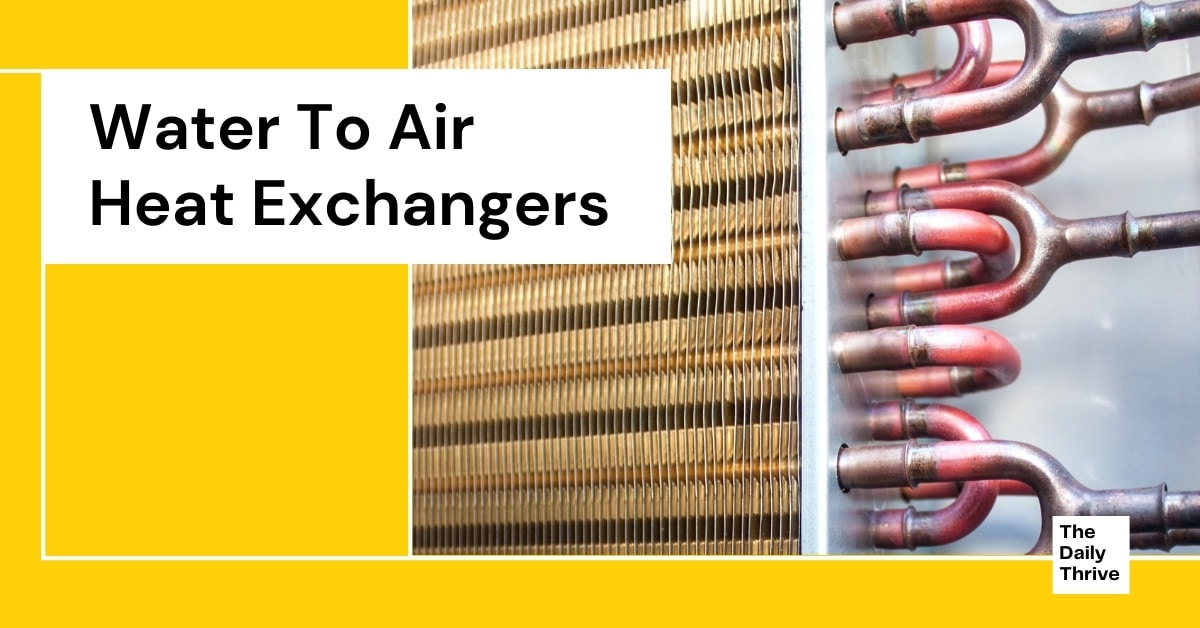Water to air heat exchangers, often called air heaters or air coolers, are mostly used as space heaters, car radiators and furnace heat exchangers. Air is driven by a fan pass very thin fins mounted on the outside diameter of tubes. Inside the tubes is the fluid that is giving or taking heat from the air.
There is not much difference between a heater and a cooler in appearances, only depending on whether the fluid is hotter or cold than the air.
Water to Air Heat Exchangers Constructions
Because the heat transfer coefficient with air is much lower than with liquid, fins are most commonly used on the airside to increase heat transfer surface and compensate for the lower heat transfer efficiency.
The fins can be formed together with the tube, squeezed out of the tube, welded on the tube, wound around the tube, or just slid on the tube. The finned tubes are often arranged into circular or serpentine coils to pack more heat transfer surfaces.
If more than one fin tube is used in a heat exchanger, headers are often used on the ends of the tubes to collect all the tube flow to one inlet and one outlet.
Advantage
Fintube heat exchangers are most effective for heat transfer between air and water or between gas and liquid in general. They usually do not need a heavy shell or endplates like the other heat exchangers.
Water to air heat exchangers are light with very thin fins and can be formed into tighter spaces.
Disadvantages
Water to air heat exchangers has many ways and variations in attaching the fins to the tubes. The quality of the attachment is also very hard to verify and control.
Manufacturers and application engineers may easily overlook or discount the contact thermal resistance and end up with a fin tube heat exchanger of less heating or cooling capacity.






